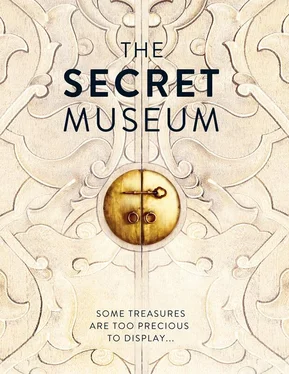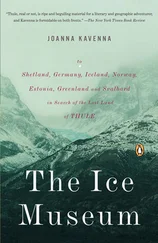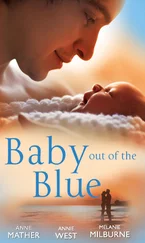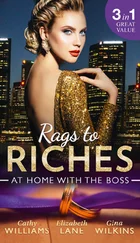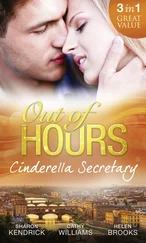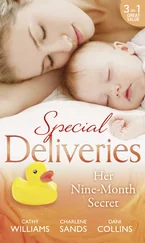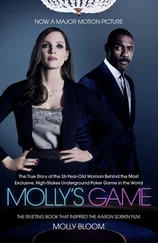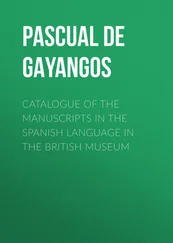INTRODUCTION
A GUTENBERG BIBLE ON VELLUM
HARRISON SCHMITT’S SPACE SUIT
THREE PIECES OF MARS
A PIECE OF NEWTON’S APPLE TREE
THE FIRST CULTIVATED PEARLS
LAMOUROUXIA VISCOSA SEED FROM MEXICO
THINGS BENEATH THE FLOORBOARDS
A BEJEWELLED CROSS
A HAIDA SHAMAN’S RATTLE
FRANCIS CRICK’S SKETCH OF DNA
TABLET K.143, SCHOOL EXERCISE BOOK OF ASHURBANIPAL, KING OF ASSYRIA
VLADIMIR NABOKOV’S BUTTERFLY GENITALIA CABINET
CHARLES DICKENS’S FELINE LETTER OPENER
THE HEART TOKEN
ITEM RDMSC RD 1/1/1
AUGUSTE PICCARD’S BALLOON GONDOLA
JASON JUNIOR
UNDERWATER PAINTING BY ZARH PRITCHARD
ANGLERFISH COUPLE
THE FIRST GIRAFFE IN FRANCE
A GREAT AUK EGG
A GLASS JELLYFISH
THE INTERIOR OF VASA
FLAG FROM THE BATTLE OF TRAFALGAR
A BLUE WHALE
LOGBOOK OF THE KON-TIKI EXPEDITION
WALLY HERBERT’S SLEDGE
SONG 21
EXU BOCA DE FOGO
LIVINGSTONE AND STANLEY’S HATS
HAWAI’IAN FEATHER HELMET
THE LIENZO OF TLAPILTEPEC
MIXTEC TURQUOISE MOSAIC SHIELD
ALICIA (1965–67) MURAL BY JOAN MIRÓ AND JOSEP LLORÉNS ARTIGAS
AN UNOPENED BOOK
THE DIAMOND SUTRA
TIBETAN ABBOT’S COSTUME
TWO GOLDEN BEES, FROM THE GLASS PALACE IN BURMA
SLAP-SOLED SHOES
BLOOD’S DAGGER
TELL HALAF SCULPTURES
ALFRED NOBEL’S WILL
SKETCHES OF CHURCHILL
FRIENDSHIP BOOK
TORAH ARK CURTAIN
THE TOWER OF THE BLUE HORSES BY FRANZ MARC
CHRISTMAS TELEGRAM FROM AGENT ZIGZAG
A CHANNEL ISLANDS PILLAR BOX
BUCKINGHAM PALACE SWITCHBOARD
A LEAF OF GOAT EYE STAMPS
THE TOOLS THAT BELONGED TO QUEEN VICTORIA’S DENTIST
SKULL OF A TAPUIASAURUS MACEDOI
HANDAXE FROM HOXEN
A SERIES OF PAINTINGS BY OZIAS
THE SPAULDING COLLECTION OF JAPANESE PRINTS
VAN GOGH’S SKETCHBOOKS
BOX IN A VALISE BY MARCEL DUCHAMP
MARGARET FONTEYN’S TUTU
STANLEY PEACH’S CENTRE COURT DESIGNS
ORIGINAL DRAFT OF ‘AULD LANG SYNE’, ROBERT BURNS
ACKNOWLEDGEMENTS
PICTURE CREDITS
COPYRIGHT
ABOUT THE PUBLISHER
SINCE 2002 I HAVE BEEN a writer and researcher for the television show QI. I also co-write a weekly QI column in the Saturday Telegraph and research a Radio 4 programme called The Museum of Curiosity . One of the things I’m often asked about QI is ‘How do you find the script questions?’ My answer is that I find a lot of ideas in museums – they’re a great place to go to learn, to get fresh ideas and to wander around in beauty. I used to visit the public areas, notebook in hand, scribbling down question ideas without realizing that, behind closed doors, most of each museum’s collection is hidden away from public view.
That changed when two fish curators from the Natural History Museum invited me to look around their fishy realm. I went excitedly, thinking it would be fun but really with no idea of quite how surprising and wonderful the behind-the-scenes fish collection would be. We spent three hours pushing open high-security doors and peering into tanks to marvel at specimens like Archie, the giant squid (and his tank mate, the even bigger colossal squid), who is too big to fit in the galleries, and sharks that inspired super-fast Olympic swimwear.
The curators showed me their favourite specimens that live among shelves of glass jars containing fish from every country on Earth. One of those specimens, an anglerfish couple, made it into the pages of this book. The endless shelves full of fish have been collected over the course of a century: Darwin’s collection from the Beagle is on a shelf not far from some rare fish from Borneo that the current curators had picked up on a fishing trip earlier that month. The space was zinging with possibility and stories, and I caught the bug for backstage.
As I emerged into the light of the museum itself, the seed of the idea for a book landed lightly upon me. I began to wonder if all museums were like this – housing things that only researchers and curators know about? A few days passed, the seed began to unfurl its roots and I decided to call a few more museums to ask them whether they had any treasures behind the scenes that they rarely display. It turned out that they did. The Science Museum told me about a huge ex-RAF airbase in Wiltshire, filled with enormous objects they don’t have space to display. The Foundling Museum has a collection of tokens left by the mothers of foundlings, hidden away in an archive. The Van Gogh Museum in Amsterdam cares for van Gogh’s sketchbooks, which they have never exhibited. Writing this a year later, looking back, it seems funny that I had to ask the museums the question. Of course, almost all museums have a storage collection filled with objects that are an integral part of the collection but are rarely put out for exhibition.
Usually there is more hidden away than there is on display. There are all sorts of reasons why. As the seed of my idea grew into a seedling, I began to unearth some of these reasons. Sometimes, objects are too precious to exhibit and for their own security need to be kept securely in a vault. This was the case with a bejewelled cross that lives in a museum in Brazil, in a dangerous part of Salvador de Bahia. Very often the treasures are too fragile to show, so it is best to keep them in a climate-controlled, dark environment because lengthy exposure to light would destroy them. At the Peggy Guggenheim Collection in Venice I saw a piece by Duchamp in ‘the bunker’ that is very rarely put out in the light of the galleries and lives with other fragile treasures, protected by covers which the museum nicknames ‘pyjamas’.
Sometimes it’s a question of size – there isn’t space for enormous objects in a museum and it’s impossible to effectively display tiny, microscopic specimens. It’s also a matter of not having enough space – there isn’t room to show everything. Natural History museums keep between 90 and 99 per cent of their specimens – a vast array of species collected over centuries across the Earth – as reserve collections, behind closed doors, ready for researchers, conservation groups or climate change specialists to delve into. Like the fish collection at the Natural History Museum, this is where the action happens.
No matter what the subject of the museum or why each object is in a reserve collection, everything that isn’t on display is valued in its own right and conserved for the future. Usually you can see anything you would like to, if you ask the museum to see it but, if you’re at all like me, perhaps you didn’t know that all of these treasures were there. Once I realized quite how much lay unexplored away from the public space of each museum I felt compelled to take some of these treasures that lurk in cupboards, basements and vaults and lift them into the light and onto the pages of this book.
The seedling of this book was fed and watered with the help of curators and conservators at each museum: keepers of the keys to the hidden realms. Each time a door was unlocked and a curator ushered me into the collection they knew so well I found myself in a world of stories, lucky enough to be with the one person on Earth who could best explain the significance of the objects that surrounded us.
I picked things intuitively, selecting those I liked or those that provoked an emotional reaction in me. Sometimes curators suggested precious things in storage that they would rarely display, other times the curator and I roamed freely around the storage areas until I found something that looked interesting, and the curator and I would then research the item’s history. If you were to write this book you would no doubt pick totally different treasures, but these are some of the things I discovered that I think are wonderful.
Читать дальше
